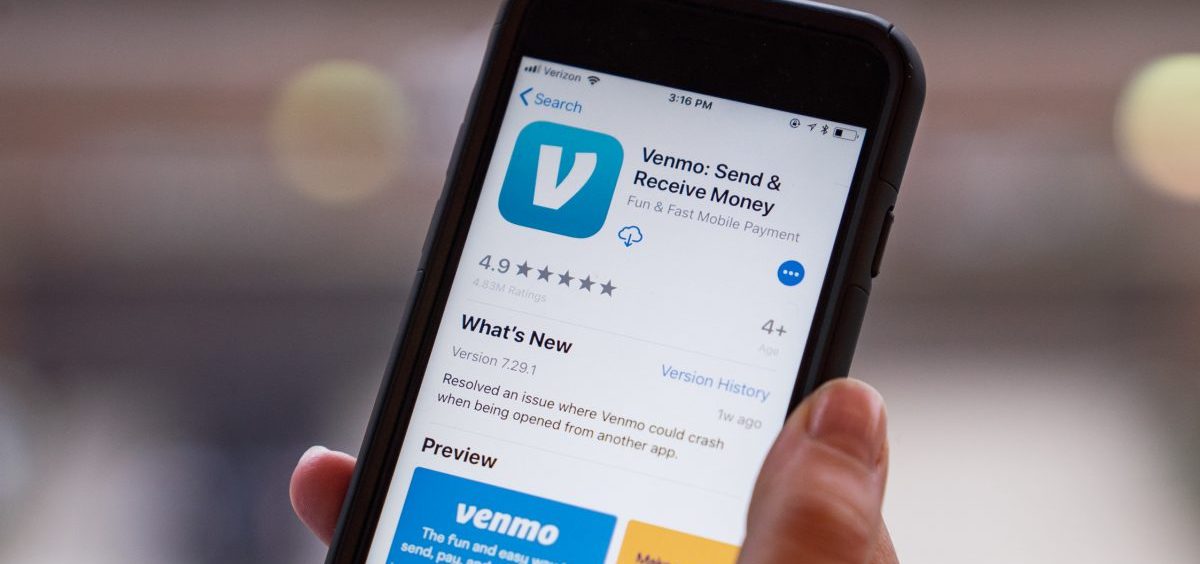News

As Payments Go Social With Venmo, They’re Changing Personal Relationships
By: Daniella Cheslow | NPR
Posted on:
When copywriter Kelli Johnson moved to Los Angeles, she didn’t tell her parents that she’d be living with her boyfriend. Johnson, 27, grew up in Bakersfield, a couple of hours’ drive north.
“It’s very conservative, very religious — my parents as well,” she says.
In Los Angeles, she pays the rent, and her boyfriend chips in his half on Venmo.
“And when he did it, he put it in the memo line,” Johnson says. “The month plus the little house emoji, and that’s how my mom saw.”
Her mom uses Venmo too. Johnson was busted.
Venmo has been around for a decade. And with millions of transactions — most of them public — the app’s social nature is changing personal relationships, sometimes in unexpected ways.
Richard Crone, a payments expert and founder of Crone Consulting, laughs when he hears Johnson’s story.
“That reinforces our findings,” he says. “The No. 1 use case is paying rent.”
Crone estimates that about 39 million people use Venmo, which was launched in 2009 and later was acquired by PayPal. The company did not confirm the figure.
Venmo is used to pay or request money from other people who use the app. It’s usually linked to a bank account, although users can also connect a credit card for a fee. Every transaction has a memo line, and the app suggests emoji instead of words for things like pizza, wine and rent.
The memos and emoji are public by default. Venmo offers to sync users’ phone and Facebook contacts too. So you can see how your friends — and total strangers — spend money and what they’re asking others to pay for.
That visibility can be a perk, Crone says.
“You want to pay it socially so everybody knows that you’re not a deadbeat and you’ve met your obligation,” he says.
Dan Schulman, the CEO of PayPal, says Venmo is the app for a generation that grew up on social media. And he says the public feed is the essence of the app.
“It’s really a social experience,” Schulman said on CNBC. “You do a payment; you tag it; you put an emoji next to it. You share it with your friends.”
Some $19 billion changed hands over the app in the final quarter of last year, Venmo reported. That was up 80 percent from the year before.
Not all consumers know they’re broadcasting their payments. Last year, the Federal Trade Commission demanded that Venmo make it clear to customers that these transactions are public. It also demanded that the company make it easier for customers to tighten their privacy settings.
Venmo says it never posts the amount of the transactions, and customers can change their settings to private.
Private or not, the app has made it easy to give cash instantly.
A woman in Baltimore says she paid a $350 grocery bill for a friend who forgot her wallet but who used Venmo to send the money owed immediately. A man in San Francisco said he uses the app to send birthday money to his friends — for a round of drinks.
It has also given employers an extra set of eyes. In Los Angeles, Patrick Matamoros sells high-end vintage T-shirts to celebrities. He discovered a worker had stolen a shirt and sold it — Matamoros says he saw the employee get paid for a shirt on Venmo.
“And I’m like, ‘Hey, why did you sell this client of mine a vintage tee and I don’t know about it?’ ” Matamoros says. “He denied it of course. It was beyond a smoking gun.”
Other people have noticed that when it’s so easy to split a bill, it becomes an expectation.
“I’m definitely less generous when I go out with my friends,” says Matthew Masoud, an aerospace engineering student at the University of Cincinnati.
He says he went out to dinner with seven friends at a restaurant that wouldn’t split the check. So he just paid for everybody — and then sent Venmo requests to each friend for the exact amount the person owed.
“One of my friends ordered [a] pasta dish, I believe, and that one was like $13,” Masoud says.
Before Venmo, he says, he would have just taken care of the whole bill — and next time someone else would have.
If Venmo has changed Masoud’s habits, it doesn’t seem to have changed Kelli Johnson’s. Even after her mom discovered the live-in boyfriend, Johnson says, she didn’t change her privacy settings. Why not?
“I have nothing to hide now!” Johnson says.
Perhaps, she says, she’ll think about it.
9(MDI4ODU1ODA1MDE0ODA3MTMyMDY2MTJiNQ000))

